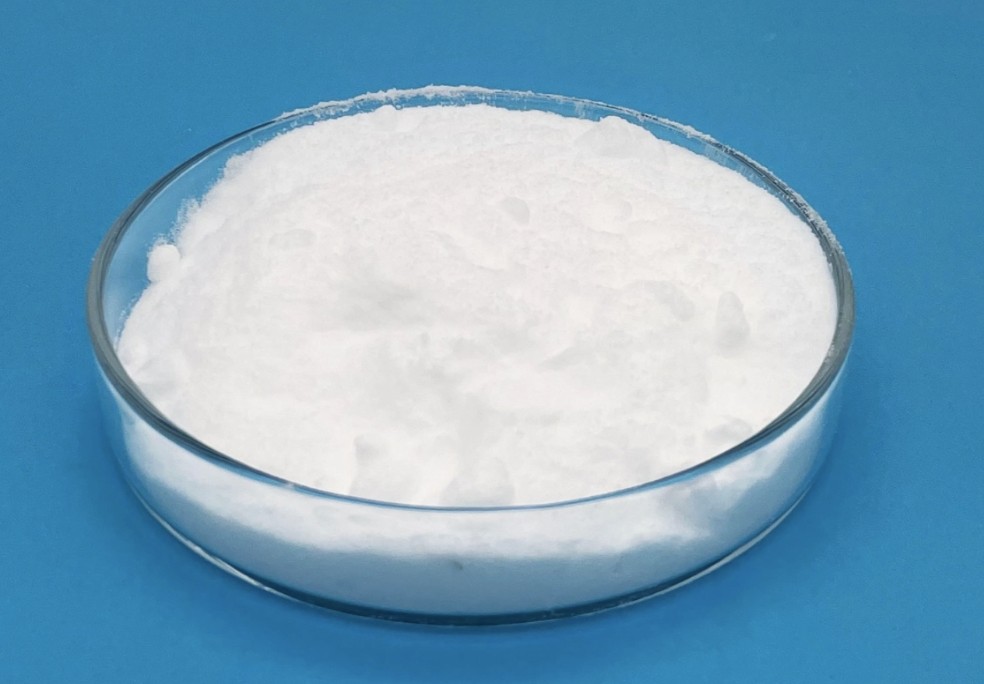numele produsului: Pramoxine Hydrochloride
Sinonime în engleză: proctofoam; Pramoxine HCL; Praxomine Hydrochloride; Tronothane Hydrochloride; ; pramocaine Hydrochloride;
CAS: 637-58-1
Număr EINECS: 211-293-1
Formulă: C17H28ClNO3
MW: 329.8621
Punct de fierbere: 427 °C la 760 mmHg
Punct de aprindere: 123.5 °C
Vapor Pressure: 1.7E-07mmHg at 25 °C
Test:99%
Aspect: white or almost white crystalline powder
Uses:Local anesthetics
Pramoxine Hydrochloride is the hydrochloride salt form of pramoxine, a morpholine derivative with local anesthetic property.Pramocaine hydrochloride decreases the permeability of the neuronal membrane to sodium ions by reversibly binding to and inhibiting voltage-gated sodium channels. This results in stabilization of the membrane and, thereby inhibiting the ionic fluxes required for membrane depolarization, hence resulting in the failure to initiate a propagated action potential and subsequent conduction blockade.
Pramoxine is used to temporarily relieve itching and pain caused by minor skin irritation such as minor burns/cuts/scrapes, sunburn, eczema, insect bites, cold sores, or rashes from poison ivy, poison oak, or poison sumac. Some products containing pramoxine are also used to temporarily relieve the itching and discomfort from hemorrhoids and certain other problems of the genital/anal area (such as anal fissures, itching around the vagina/rectum).
Topical anesthetics are used to relieve pain and itching caused by conditions such as sunburn or other minor burns, insect bites or stings, poison ivy, poison oak, poison sumac, and minor cuts and scratches. Pramocaine and dibucaine are also common ingredients in over the counter hemorrhoid preparations.
Anestezie, local- Proparacaina și tetracaina sunt indicate pentru a produce anestezie locală de scurtă durată pentru proceduri oftalmice, inclusiv măsurarea presiunii intraoculare, îndepărtarea corpurilor străine și a suturilor, și răzuirea conjunctivală și corneană în diagnostic și gonioscopie. Proparacaine hydrochloride and tetracaine are also indicated to produce local anesthesia prior to surgical procedures such as cataract extraction and pterygium excision, usually as an adjunct to locally injected anesthetics. Ophthalmic solutions used for intraocular procedures should be preservative-free. Preservatives may cause damage to the corneal epithelium if a significant quantity of solutionenters the eye through the incision.
| Intervalul de topire |
170~174°C |
171.7~173.2°C |
| Pierdere prin uscare |
≤1,0% |
0.12% |
| Rezidu la aprindere |
≤0,1% |
0.04% |
| Etanol |
≤0,5% |
0.061% |
| Carbinol |
≤0.3% |
0.10% |
| Acetone |
≤0,5% |
Nu a fost detectat |
| Test |
98.0%~102.0% |
99.98% |
| Concluzie |
The results conforms with USP33 |






















